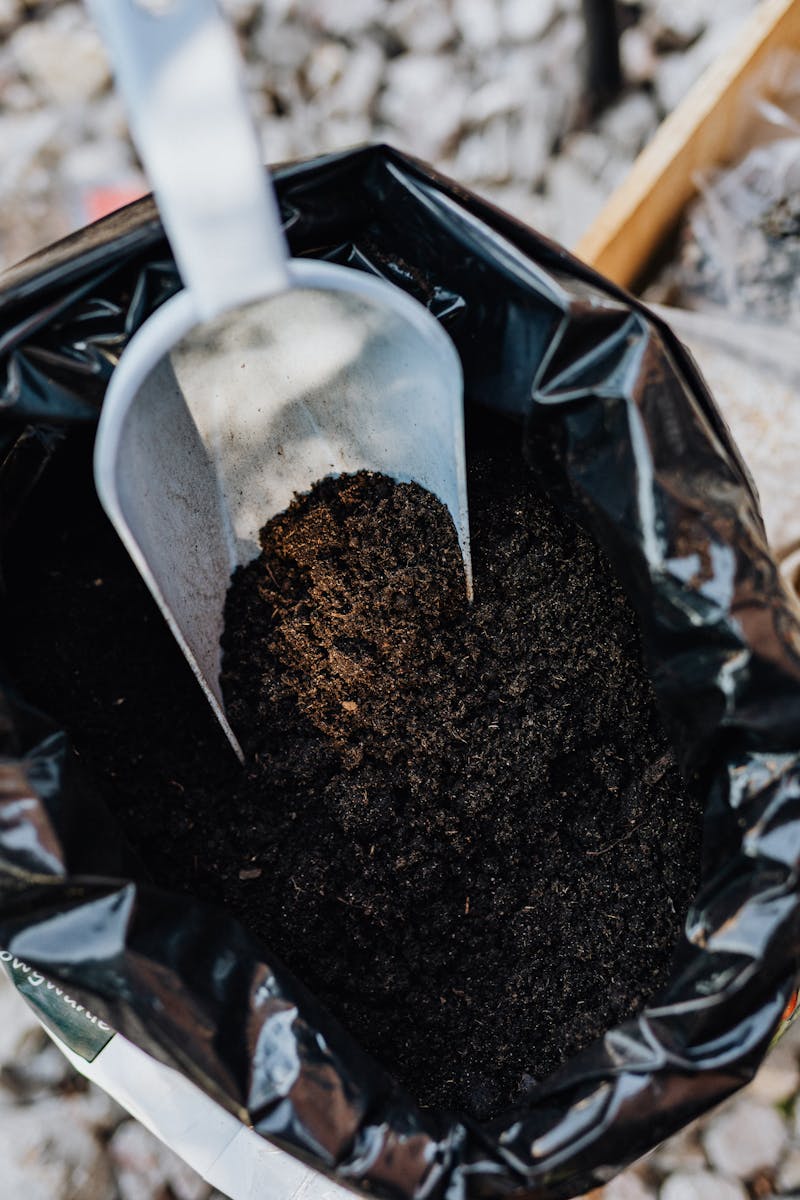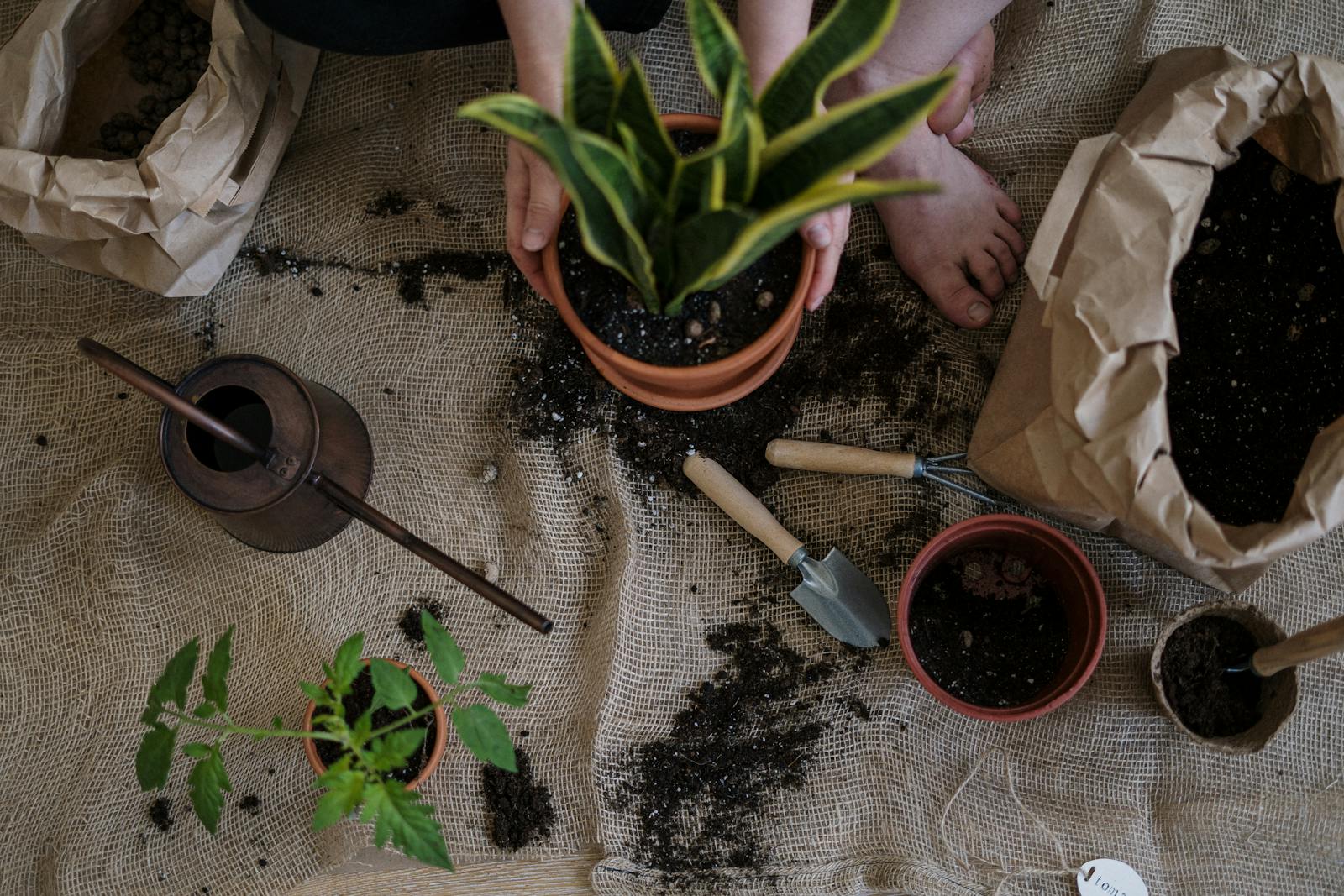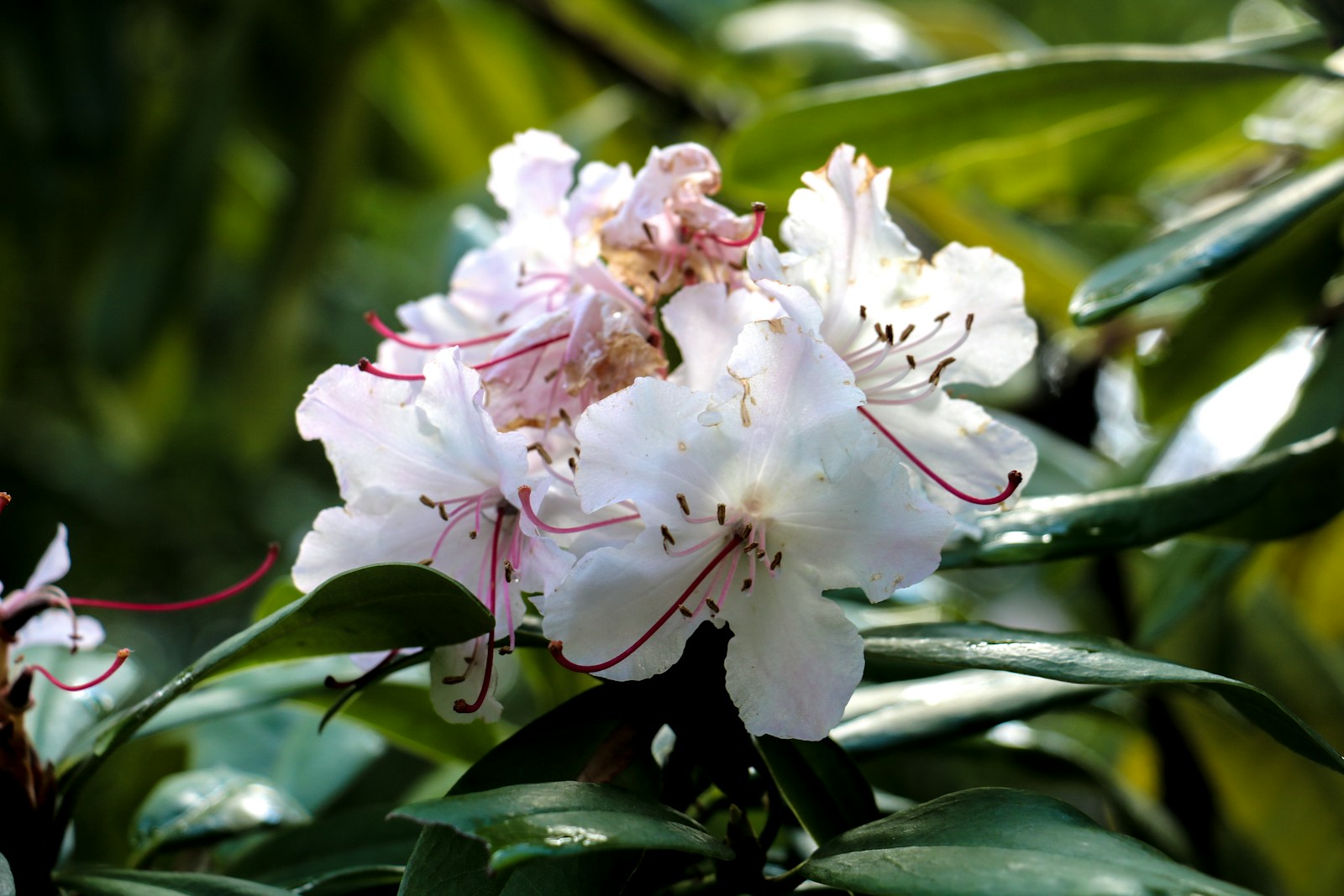Choosing the Right Fertilizer for Your Garden
Why Fertilizer Matters in Garden Health
Choosing the right fertilizer is crucial for supporting plant growth, boosting yields, and maintaining long-term soil health. Fertilizers replenish essential nutrients like nitrogen, phosphorus, and potassium that plants extract from the soil over time.
Whether you’re growing leafy greens, flowering annuals, or fruit trees, the proper balance of nutrients directly impacts your garden’s performance. Over- or under-fertilizing can lead to weak growth, poor flowering, or nutrient burn.
Understanding fertilizer types and how they interact with your soil is key to a productive, healthy garden.
Understanding the N-P-K Ratio
The three numbers on a fertilizer label represent nitrogen (N), phosphorus (P), and potassium (K)—the macronutrients plants need most. Each plays a specific role: nitrogen promotes leafy growth, phosphorus aids in root and bloom development, and potassium supports overall strength and disease resistance.
Choose a fertilizer with an N-P-K ratio that matches your plant’s current stage. For leafy vegetables, go for high nitrogen. For blooming flowers or fruiting crops, select higher phosphorus and potassium.
This ratio helps tailor nutrition precisely to your garden’s needs throughout the growing season.
Organic vs. Synthetic Fertilizers
Organic fertilizers come from natural sources like compost, manure, bone meal, or seaweed. They release nutrients slowly, improve soil structure, and feed beneficial microbes. Synthetic fertilizers, by contrast, deliver nutrients quickly in a concentrated form.
While synthetics offer rapid results, they can leach easily and may harm soil life with long-term use. Organics are safer for the environment but may need more frequent or varied application for full effectiveness.
Choose based on your garden’s goals, time commitment, and whether you prioritize speed or sustainability.
Matching Fertilizer to Soil Conditions
Your soil’s current nutrient levels, texture, and pH all affect fertilizer performance. Conduct a soil test before applying any fertilizer. This reveals deficiencies and helps avoid waste or nutrient imbalances.
Sandy soils often require more frequent feeding, while clay holds nutrients longer but may need better drainage. Adjust your fertilizer choices based on these characteristics and tailor feeding schedules accordingly.
Informed fertilizer use saves money and leads to better results than guesswork applications.
Slow-Release vs. Water-Soluble Options
Slow-release fertilizers deliver nutrients gradually over weeks or months, reducing the need for frequent reapplication. They’re ideal for busy gardeners or for perennials, shrubs, and trees that benefit from steady feeding.
Water-soluble fertilizers dissolve quickly and provide an immediate nutrient boost. They’re great for fast-growing annuals or container gardens but require more consistent monitoring and application.
Many gardeners combine both types—slow-release for baseline support and soluble feeds for midseason performance or corrections.
Feeding Different Plant Types Strategically
Not all plants have the same nutritional needs. Leafy greens benefit from nitrogen-rich formulas, while root crops like carrots and beets prefer lower nitrogen and more potassium. Flowering plants and fruiting vegetables thrive on balanced or bloom-boosting mixes higher in phosphorus.
Lawns often need nitrogen-heavy feeds for lush growth, whereas shrubs and trees favor slow-release, balanced fertilizers applied in spring and early fall.
Tailoring your fertilizer to plant type maximizes health, minimizes waste, and reduces the risk of nutrient deficiencies or excesses.
Fertilizing Container Gardens
Container plants require more frequent feeding than in-ground beds due to leaching and limited soil volume. Use a slow-release granular fertilizer at planting, then supplement every 2–4 weeks with a water-soluble blend during active growth.
Check for yellowing leaves, stunted growth, or pale coloration—these may indicate nutrient deficiencies. Always water before applying fertilizer to avoid root burn.
Consistent feeding keeps container plants vigorous, especially in peak growing seasons.
Reading Fertilizer Labels with Confidence
Fertilizer packaging can be confusing, but understanding the label unlocks smarter choices. Look for the N-P-K ratio, application rate, coverage area, and recommended plant types.
Check for added micronutrients like calcium, magnesium, or iron that support overall plant health. Look for OMRI certification if you want an organic product.
Pay attention to instructions—more is not better. Proper dosing avoids burn and ensures optimal uptake by your plants.
When and How Often to Fertilize
Timing is critical. Fertilize early in the growing season to support root and shoot development, then adjust based on growth stage. Avoid fertilizing dormant plants, as nutrients won’t be absorbed efficiently.
Annuals and vegetables may need feeding every 2–4 weeks, while perennials and shrubs do well with one or two applications per year. Containers usually require more frequent attention.
Develop a schedule based on plant type and soil performance for best results throughout the year.
Recognizing Signs of Nutrient Deficiency
Visual cues often indicate a need for fertilization. Yellowing leaves may signal nitrogen deficiency, while purple or reddish tones could mean low phosphorus. Pale, scorched edges may reflect potassium shortfalls.
Stunted growth, poor flowering, or leaf drop also suggest nutrient imbalances. Confirm with a soil test when possible to guide your response.
Timely adjustments ensure plants stay strong and productive without overloading the soil.
Using Natural Fertilizers from the Kitchen and Yard
Household scraps can serve as effective natural fertilizers. Crushed eggshells add calcium, banana peels offer potassium, and coffee grounds supply nitrogen. These slow-release options enrich soil and reduce household waste.
Compost tea, diluted fish emulsion, and seaweed extract provide trace minerals and beneficial microbes. Grass clippings, if chemical-free, make an excellent green mulch to return nutrients directly to garden beds.
Incorporating these materials supports a more sustainable and cost-effective feeding routine.
Liquid Fertilizers for Quick Nutrient Uptake
Liquid fertilizers are absorbed rapidly through both roots and leaves, making them perfect for correcting deficiencies or supporting high-demand phases like flowering or fruiting. Use them every 2–3 weeks during peak growth periods.
Foliar sprays are especially effective for micronutrients. Apply in the early morning or evening to avoid leaf burn and ensure absorption before evaporation occurs.
While fast-acting, liquids complement—rather than replace—slow-release fertilizers for long-term nutrition.
Preventing Fertilizer Burn and Runoff
Too much fertilizer can harm roots and leave plants with scorched, curled leaves. Always water thoroughly before and after applying granular fertilizers to dilute salt concentrations and help nutrients distribute evenly.
Use compost or mulch to buffer roots and minimize direct contact. Follow product guidelines exactly and avoid over-application, especially with synthetic options.
Proper use prevents pollution of nearby waterways and keeps soil life in balance.
Making a Fertilizer Plan by Season
Plan your fertilizer strategy around the garden calendar. In spring, support root growth and leaf development with nitrogen-rich blends. As flowering or fruiting begins, switch to higher phosphorus and potassium.
Midseason maintenance may involve a lighter, balanced feed. In fall, reduce feeding for perennials to encourage dormancy and harden off tissues before winter.
A seasonal plan ensures plants get what they need—when they need it—for year-round health.
Building a Fertilizer Routine That Works
Consistency is key. Keep records of what you apply and when, noting how your plants respond. Rotate types to avoid buildup of any one nutrient, and prioritize feeding during active growth cycles.
Use soil tests as benchmarks, adapt to weather changes, and scale your inputs as plants mature. The best routines are informed, flexible, and tailored to your unique garden environment.
Over time, this approach produces healthier soil, stronger plants, and better harvests without unnecessary inputs.
Frequently Asked Questions
How do I know which fertilizer is best for my plants?
Match the N-P-K ratio to your plant’s growth stage and type. Use soil tests to guide your choice. Leafy greens love nitrogen, while flowering and fruiting plants benefit from higher phosphorus and potassium.
Can I use both organic and synthetic fertilizers?
Yes, but apply them carefully. Use synthetics for quick boosts and organics for long-term soil improvement. Avoid over-fertilizing by tracking what and when you apply.
How often should I fertilize my vegetable garden?
Generally every 3–4 weeks during the growing season, depending on the crop and soil. Use compost between feedings to improve structure and microbial life.
What are signs that my plants need fertilizer?
Yellowing leaves, poor growth, pale color, and reduced yields often indicate nutrient deficiencies. Confirm with a soil test when possible to avoid overcorrecting.
Is compost enough, or do I still need fertilizer?
Compost enriches soil with organic matter and nutrients, but may not meet all crop needs—especially for heavy feeders. Supplement with fertilizer when needed for best results.
© 2025 GardeningandDecor.com. All rights reserved.



